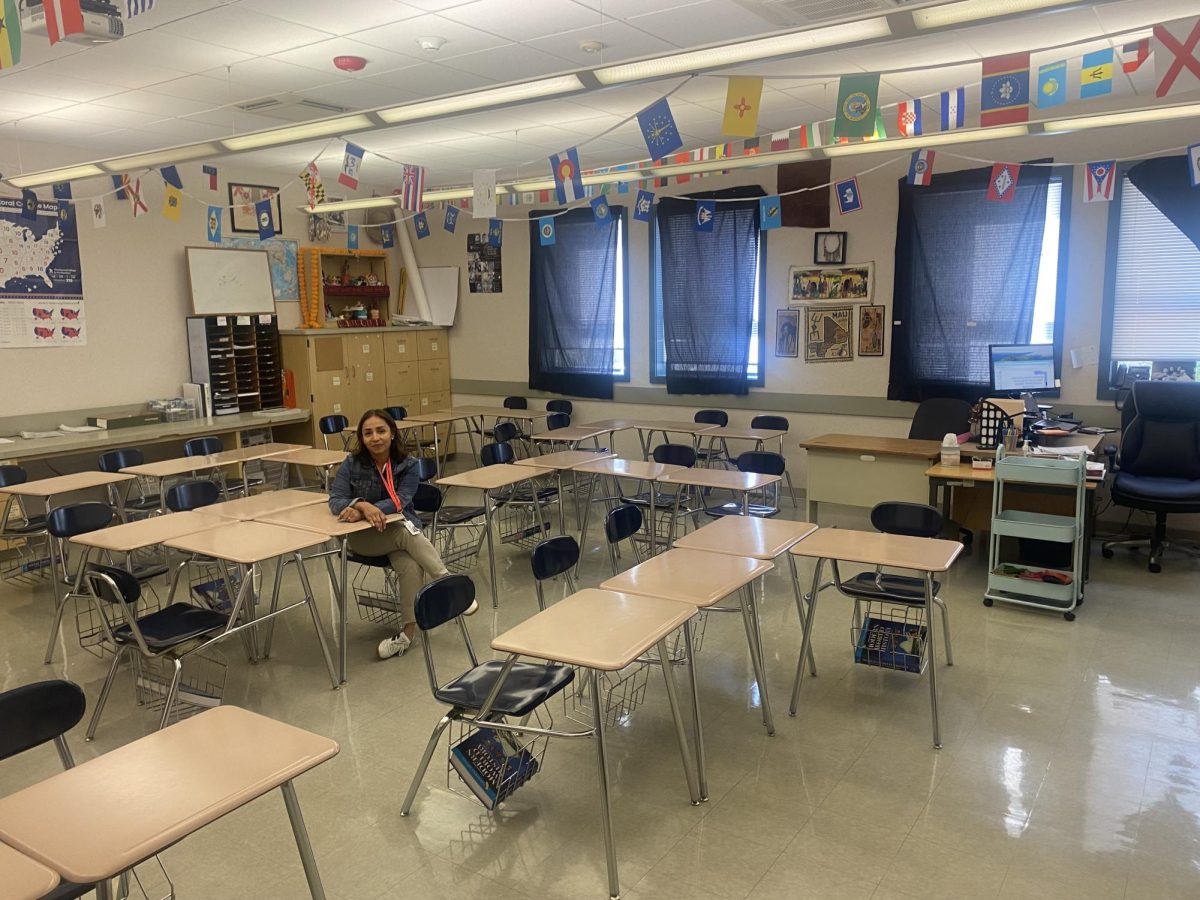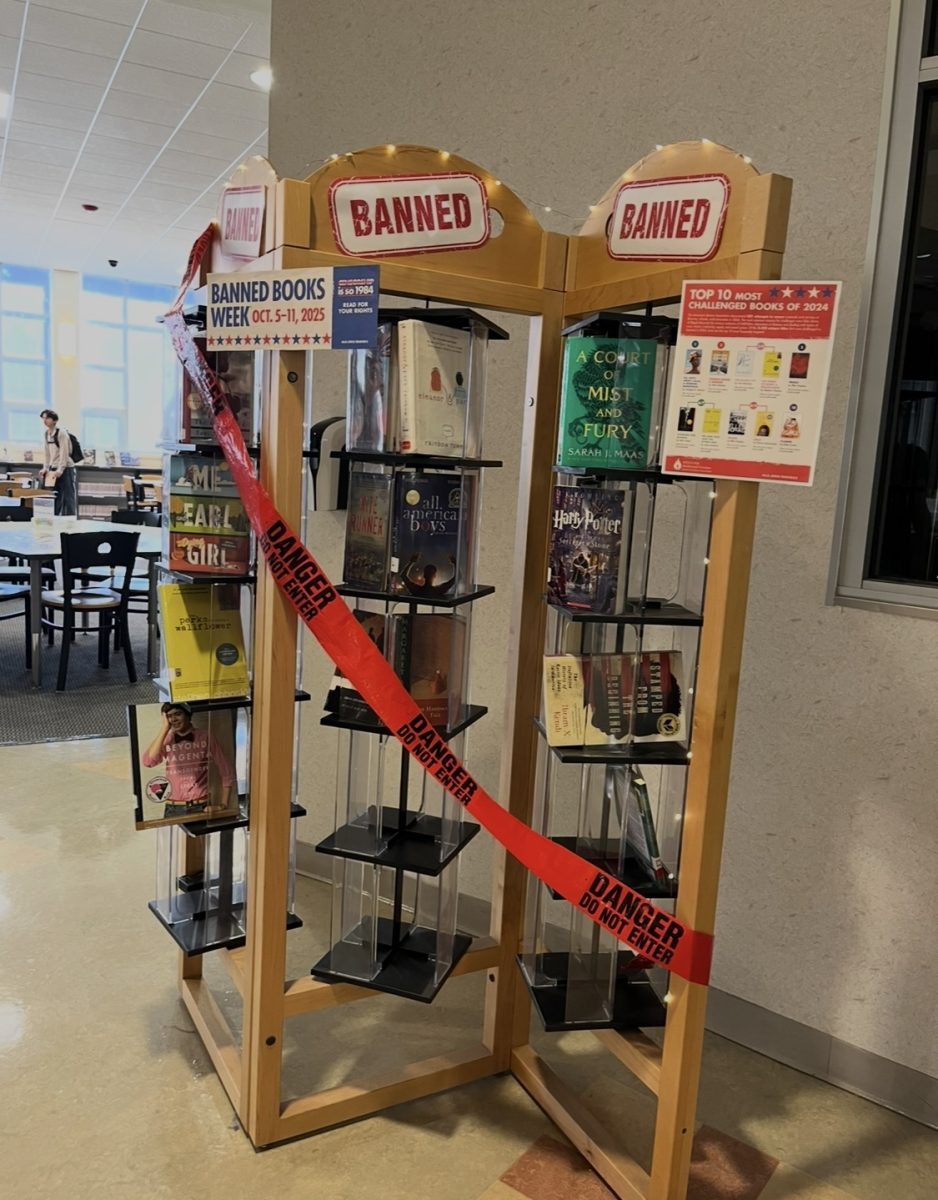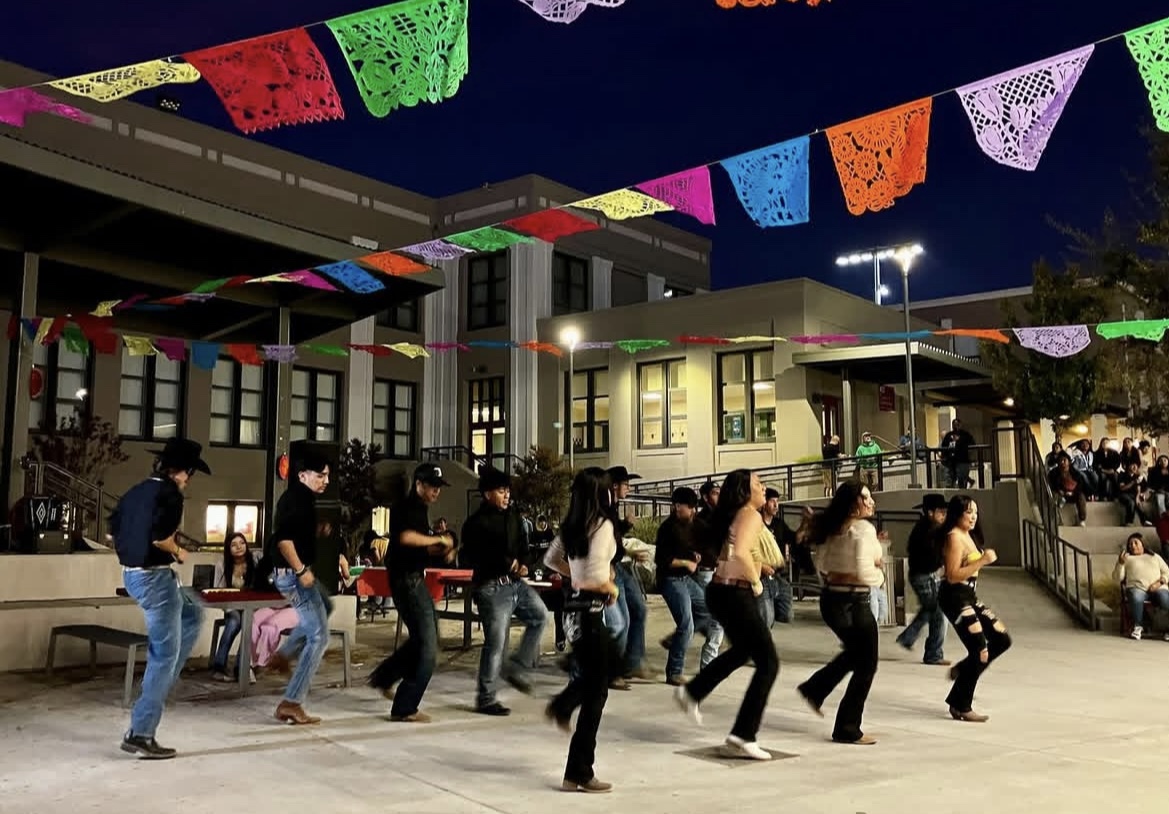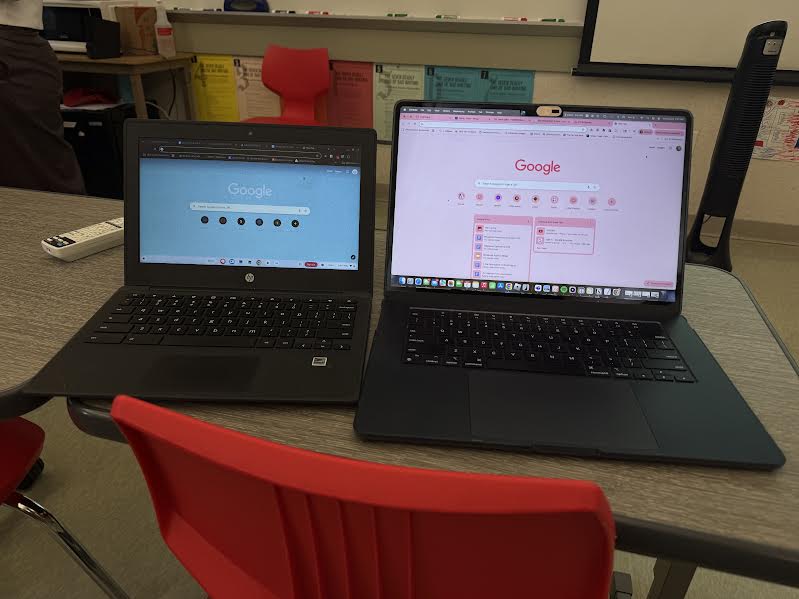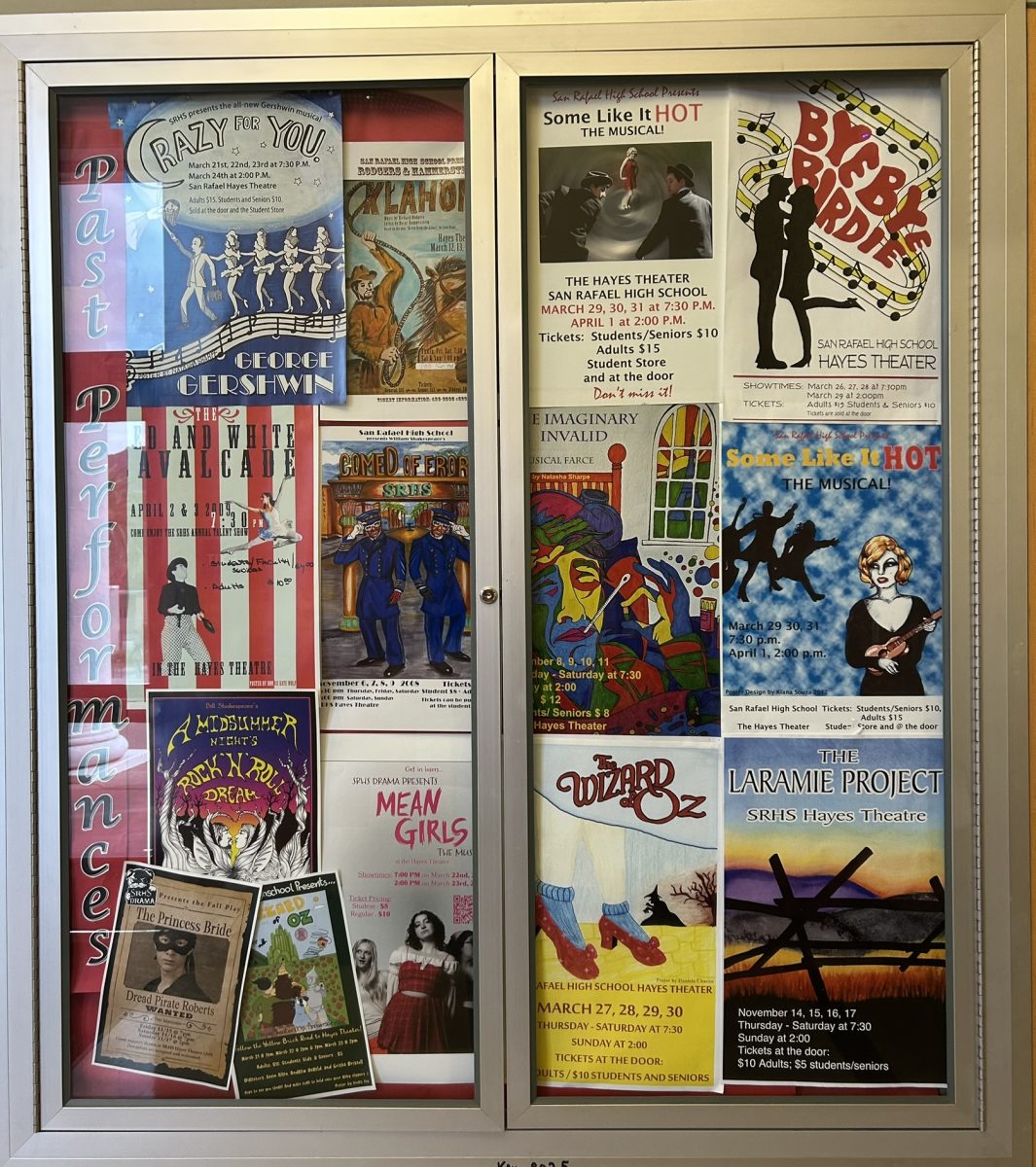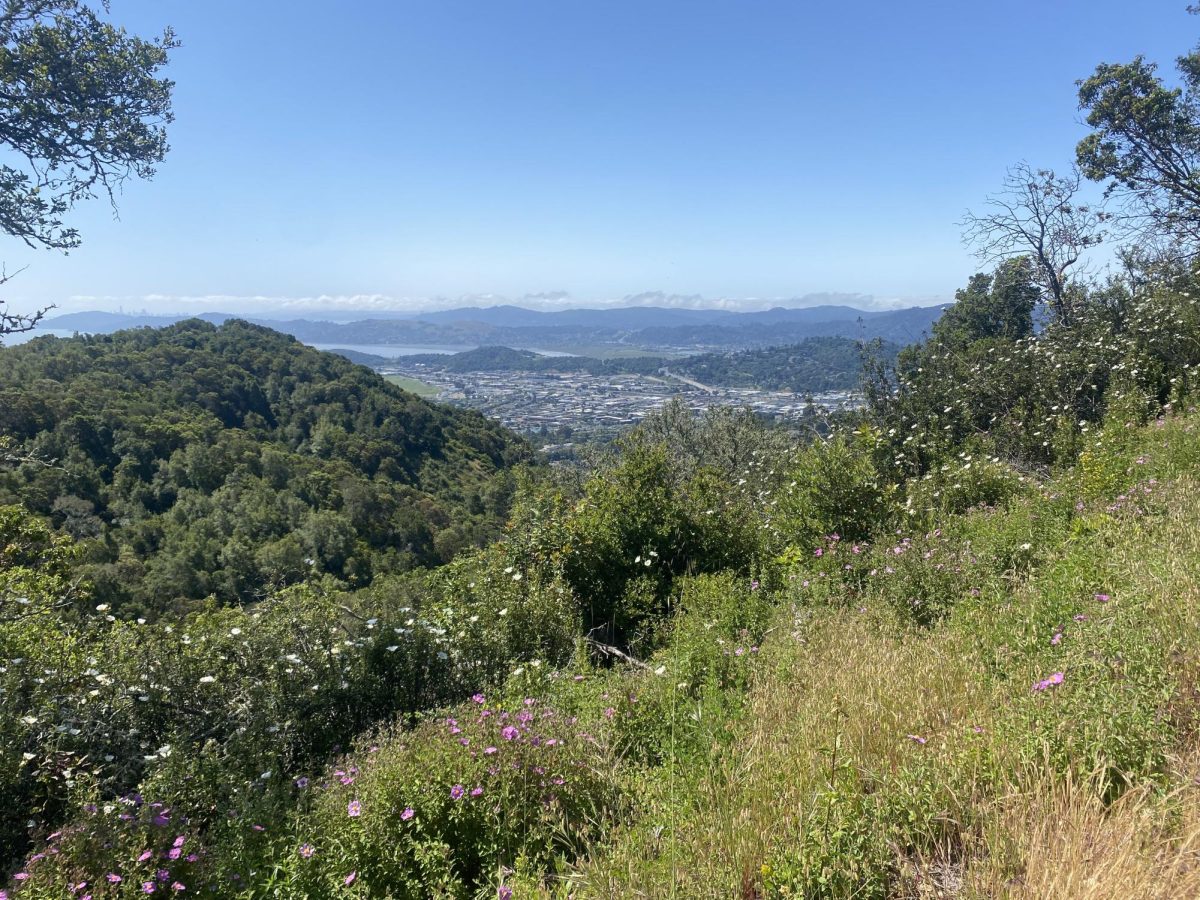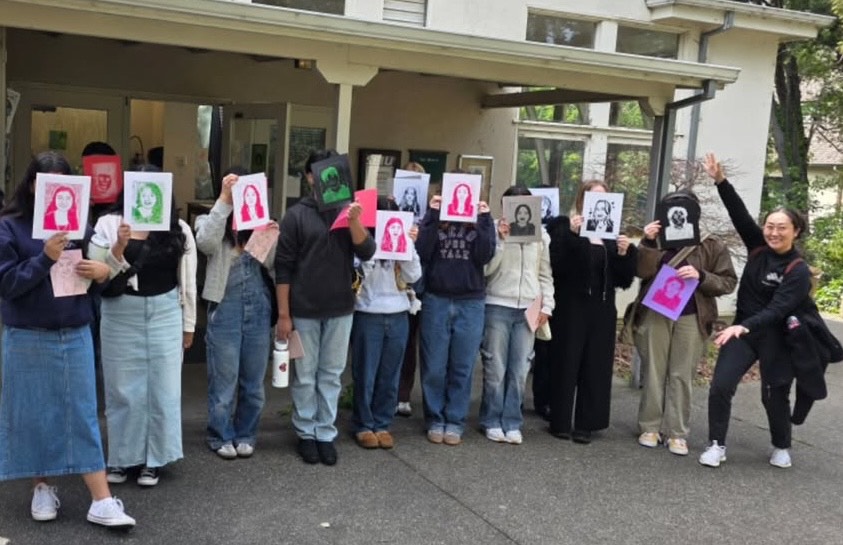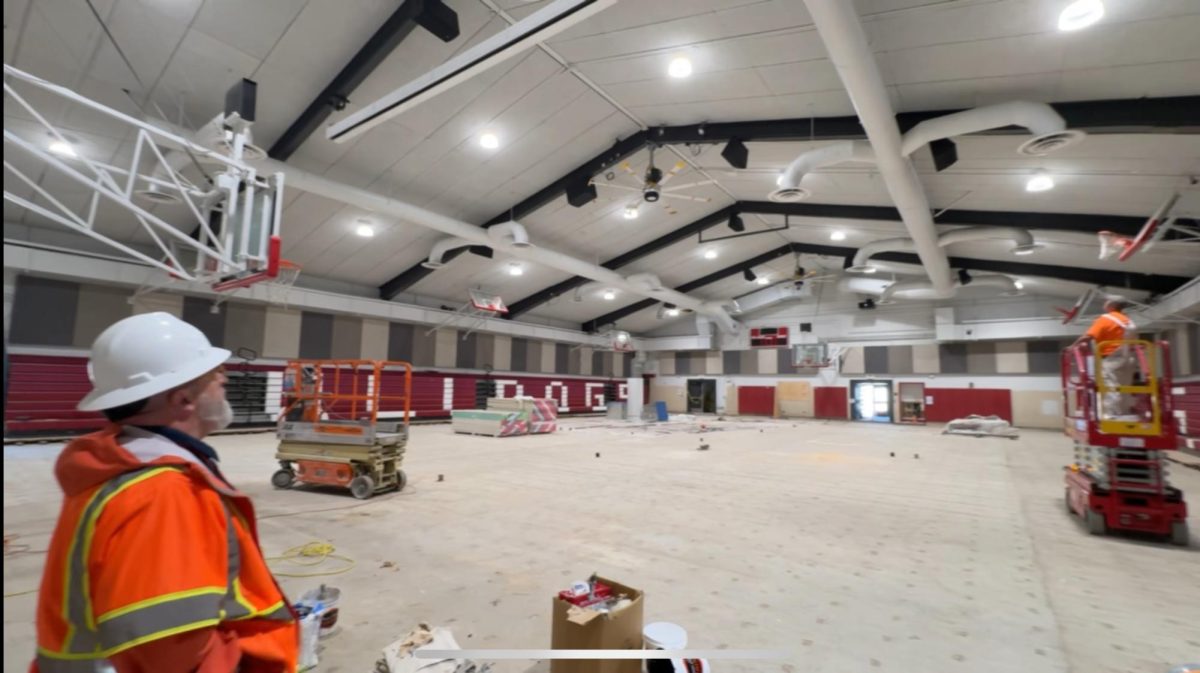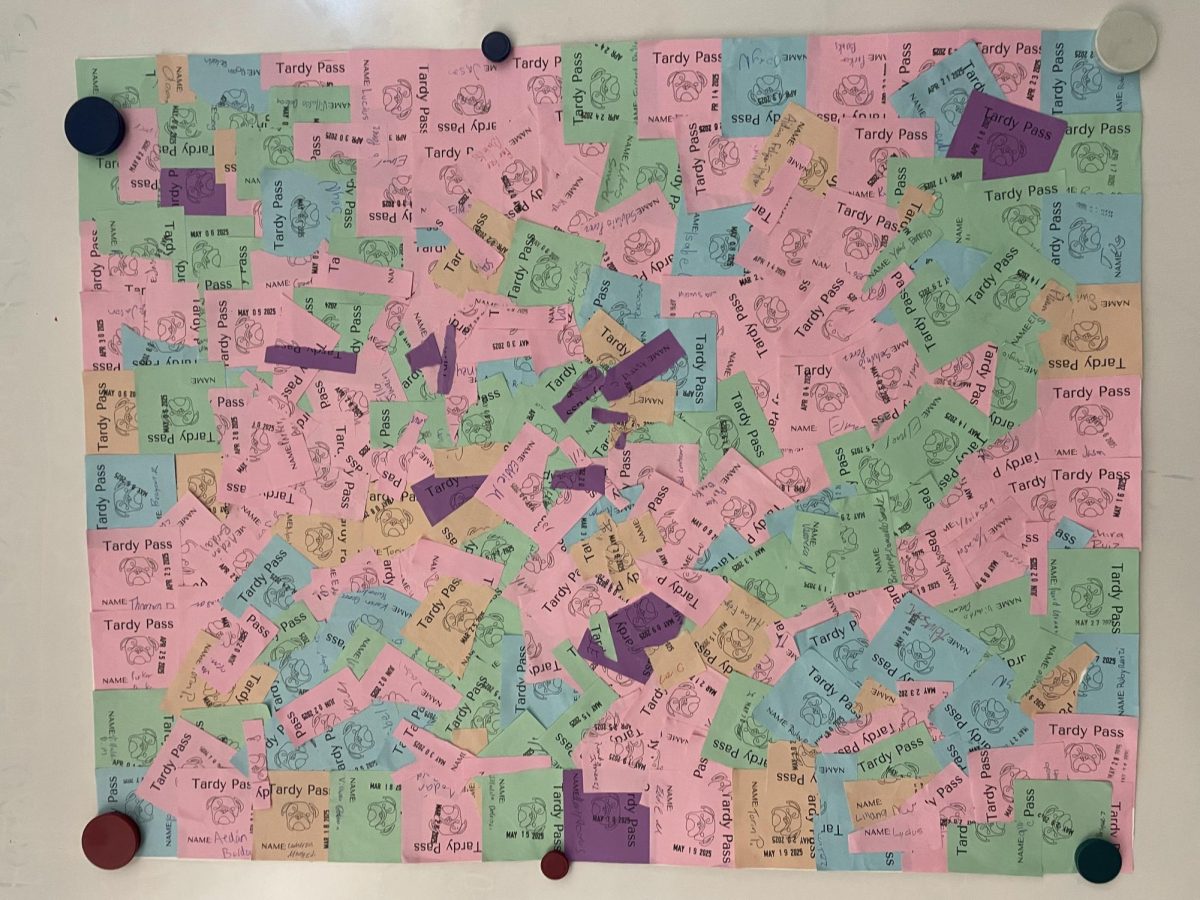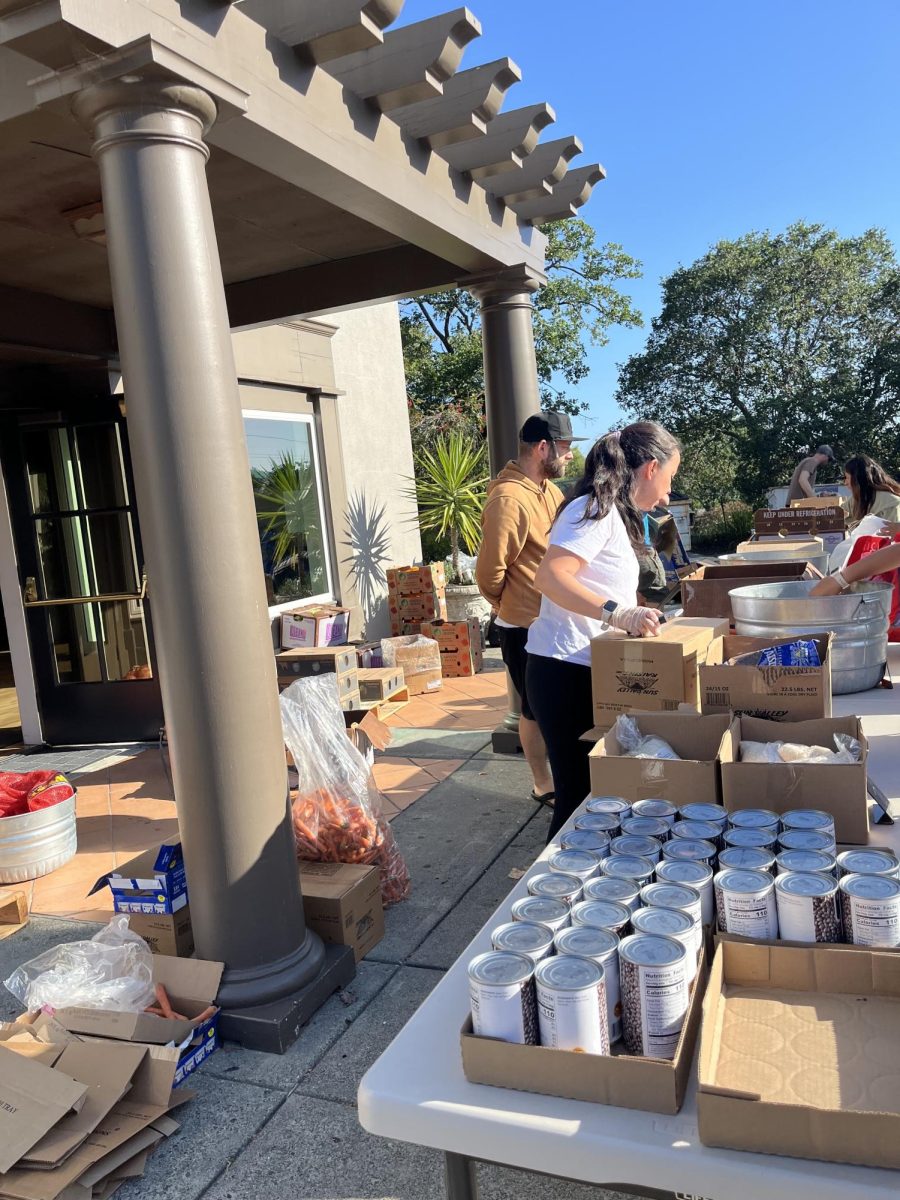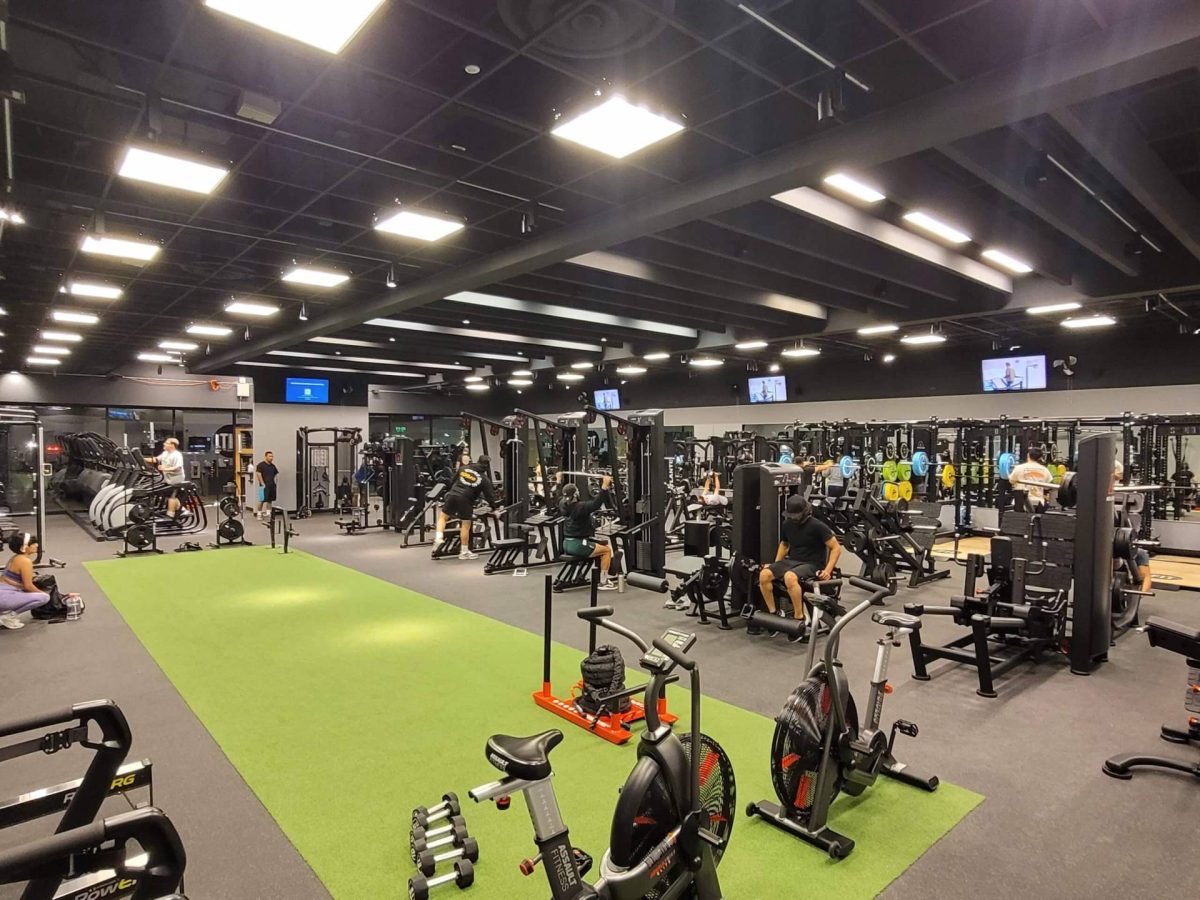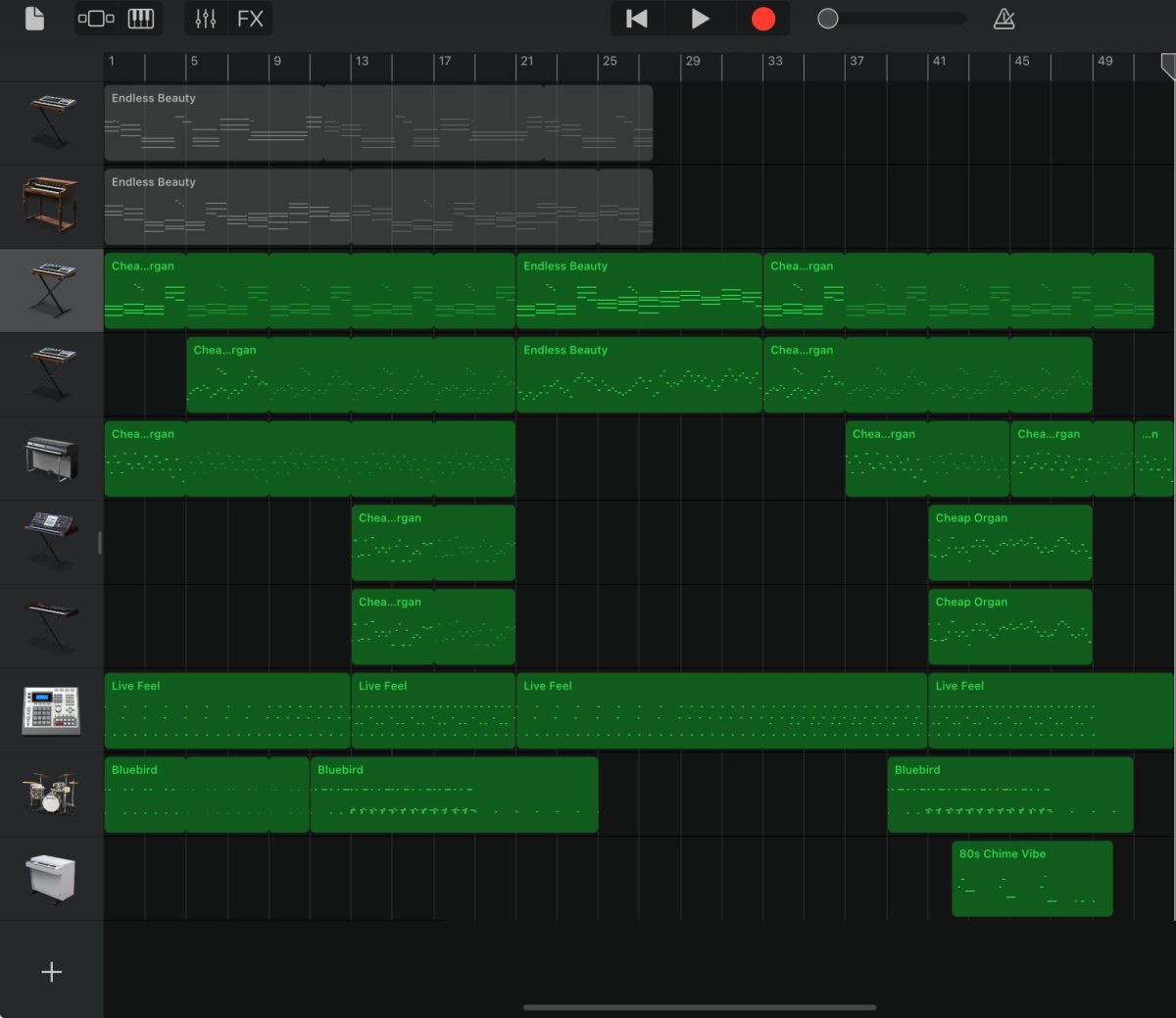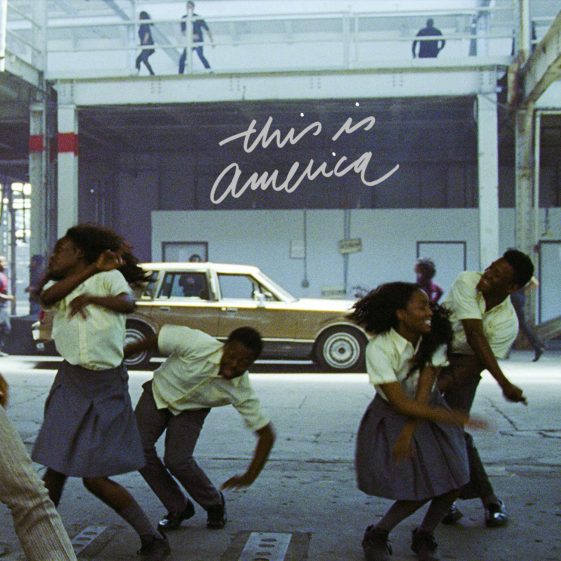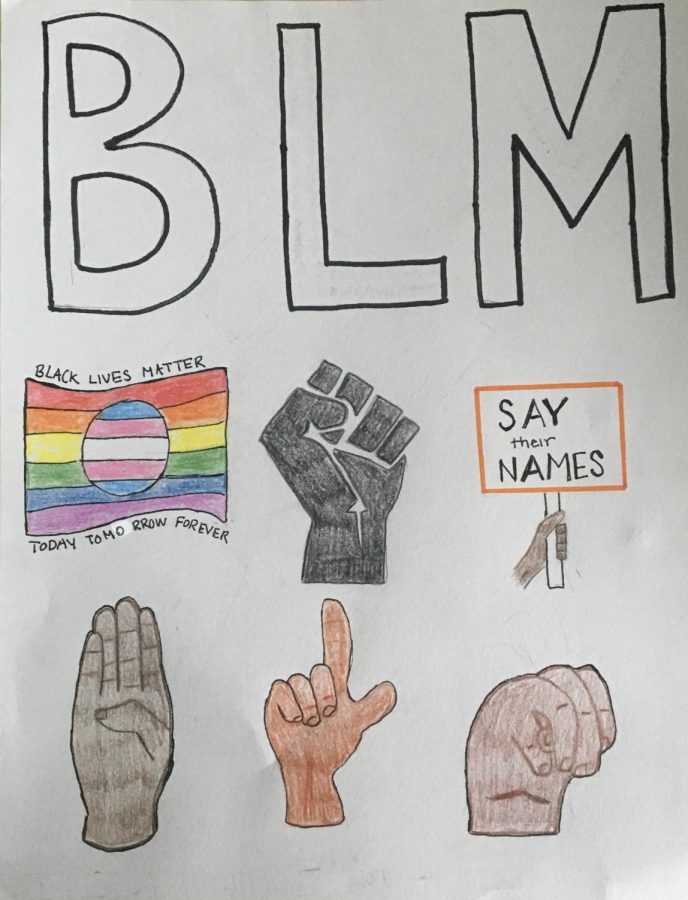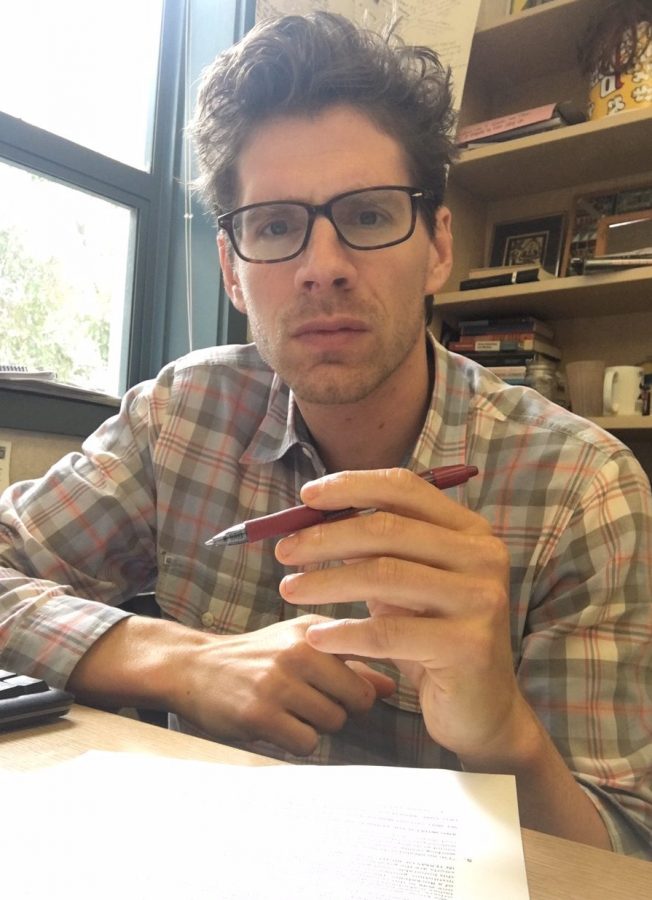Everywhere you look in Marin County you see climate activism, with many of our residents talking about their contributions to local activist groups and pushing towards climate action in our government. But is this climate activism bringing about real change or is it just a facade to make people feel better about their individual actions?
The question is, do people in Marin County care enough about climate change to put in the individual effort to make real changes in their lives? Eating less meat and cutting out beef, stopping flying, driving less and using public transportation, etc? Or do the residents of Marin county put on the facade of caring about climate change while in reality they, like many others in our country, are not willing to change for our environment?
Climate change poses a huge risk for the future of our world, especially in places like California where people live very close to one another and to the environment. Marin County is a good example of this considering that 85% of our county is green and most people live near green areas or the coast. Wildfires, flooding, and erosion impact everyone in Marin County in one way or another.
An example of this is the Canal neighborhood in San Rafael, with its proximity to the bay. It is at a risk for potential flooding in the future with the sea level rising (which is due to climate change), and many are at risk of losing their homes. According to the Marin County website, the dense immigrant communities in the Canal Area are most at risk to this flooding.
Oftentimes the poorest communities are most vulnerable to the effects of climate change. Many have built their lives and homes around areas like the Canal that are vulnerable to flooding, or areas that are more vulnerable to wildfires. If these areas do flood, which they are likely to over the next decade, many will lose their homes and have nowhere to turn to. Many who live in these areas do not have the privilege of being able to afford to move.
Another factor of climate change is the increasing temperatures, which have led to increased wildfires around the world. California has been historically known for having wildfires, but over the past twenty years the number of wildfires and the acreage that they have destroyed has increased wildly.

Many of the homes and businesses in Marin County are directly affected by the increase of wildfires, as many of the living and business areas in Marin County border areas that are at a high risk of catching fire. With 85% of our county consisting of green areas, it is difficult to manage and contain the areas that are most at risk of wildfires.
One example of how wildfires affect Marin County is the Queenstone fire, which occurred late last year during the end of fire season. While this fire did not damage any property, it was close to many local homes. This fire burned around 18 acres of land north of Lucas Valley Road.
Someone at San Rafael High School who was affected by this fire is Mr. Morales, whose home was near the fire and at risk of being damaged if the fire was not contained.
The Marin Parks service spends a lot of resources and time on wildfire prevention, with Julian Geoghegan describing it as one of the main problems that he works on as a vegetation specialist.
Everyone in Marin County is affected by climate change in one way or another, so everyone in Marin County should care about preventing climate change. Many in our community do care about climate change, but at the same time there are many that do not believe in it, are too pessimistic to do anything, or do not have the time or energy to fight against it.
Many of those that are pessimistic about the fate of climate change are a part of Gen Z, aged 12-27. Over the past 20 years, there have been more damaging events and climate denial than positive change. With massive wildfires spreading across the world, huge storms that kill and displace hundreds of thousands, and now a federal government that refuses to acknowledge climate change, many believe that there is no hope for our future.
Because of this belief, many do not think that there is a point to changing their individual lives and putting in effort to fight climate change.
One example of this is in Mr. Plourde’s Environmental Science class at SRHS, which is an elective science class taken by those who want to. Mr. Plourde said in an interview that “Many of my students do not believe in climate activism and are pessimistic about the future of climate change, with many deciding to go about their life in pursuit of individual needs rather than environmental action.”
This is different from Mr. Morales’s students during his time as the environmental science teacher, as he said that “many of my students were moved to fight against climate change and global warming, with multiple pursuing environmental science in college.” Alongside this, he described a story to me about how his students convinced him to join them at a climate change protest in the city, and he still has the poster from this protest.
Over time there has been a shift from hope to despair in our youth, with much of the younger population worried about the future impacts of climate change on our planet and their lives. There are hundreds of reasons as to why people have become pessimistic and passive about climate, but it is important to acknowledge that progress will not be made without hope and effort being put into the fight.
Marin County has had a history of climate activism, with there being a number of climate and preservation groups dating back to the 1970s. One example of a preservation group is the West Marin Environmental Action Committee, which advocates for preservation of our natural areas around West Marin.
Advocacy groups such as this have made progress in Marin County towards positive change through participation in local government and holding panels where they talk directly to elected officials about environmental problems that the community wants solved.
Alongside the impact that climate change has on human lives, it also has a huge impact on the lives of animals. Marine and land animals all face difficulties because of climate change, ranging from the acidification of our oceans to the increased temperatures across the globe.
A local example of how climate change is negatively impacting our local animal life is the salt marshes that line the bay around Marin County. These salt marshes house endangered species such as salt marsh mice, and house many other species as well. They are directly impacted by sea level rise and local development, as they normally migrate inland with the natural sea level rise. But with the development of housing and land bordering the salt marshes, they have nowhere to migrate to and are slowly destroyed as the sea level rises.

An example of a local marsh that was at risk was the Whiteside Marsh, which is located where the previous Hamilton Air Force base was, now Hamilton Field. This area is partially built on top of marshland, and the now closed air force base covered a large portion of it. After the closing of the Air Force base, the U.S. Army Corps of Engineers moved forward with a restoration project, which restored a large portion of the marshland to its former state. This had an immediate impact on the local wildlife, helping to save species and save it from disappearing with sea level rise.
An example of a future project to protect local marshland is the joint restoration of Las Gallinas Creek and McGinnis Marsh, which recently received a 1.3 million dollar grant from the San Francisco Bay Restoration Authority (SFBRA). The project would include dredging the Las Gallinas creek and moving the sediment to the McGinnis Marsh, helping to save both of these critical environmental assets.
Chris Chamberlin, the director of Marin County Parks, has been working with the Marin county parks service since the late 90s and has seen the effects of climate change. One of the big issues that he has seen locally is sea level rise, and a good example of it is the Mill Valley Recreational Pathway, which has recently started flooding during king tides.
The recreational pathway is something that students, the elderly, and the community overall uses to get away from the roads and commute to school or work. It has helped get people off of the road, which decreases pollution and helps keep people safe. Chamberlin says that “without this pathway, it would put more pedestrians on the road and bring more cars back to the roads, increasing pollution and decreasing pedestrian safety.”
A local environmental restoration project that was just recently completed was the Roy’s Redwoods project, in which Marin County parks restored the Roy’s Redwood old-growth grove, which previously was being damaged by unmarked trails and overuse. This project built more accessible trails that helped to preserve the environment of the area, and built dams so that the water would stay in the area.
Julian Geoghegan, a vegetation specialist with Marin County Parks, described the project as “an effort to restore the old grove and protect it in the future, as redwoods are not adapted to the dryer temperatures that come with global warming.”
Leading back to the focus of The Canal, the San Rafael government is working with the local community to plan a project to restore and protect the area. The project includes restoring an eroded section of the marsh, opening the diked marsh to tidal action, stabilizing and improving a section of degraded levee to increase flood protection for the community, and providing transition zone habitat for wildlife and flood control, according to the San Rafael Sea Level Rise Collaborative.
San Rafael Government Officials are working directly with the Canal community to create this plan, working with organizations such as Canal Alliance, The County of Marin, The Multicultural Center of Marin, and researchers at the University of Berkeley.
The focus of this project is to inform our community about the risks of flooding, how to prepare for sea level rise, and to work closely with our community on creating solutions. San Rafael and Marin county already have a number of solutions in place to sea level rise and flooding, such as smaller ocean barriers and floodwater pumps. These pumps are already in place because San Rafael is lower than the water level of the bay, and it is one of the focuses of the project to keep them in working order.
Moving back to climate activism in Marin county, there are a number of things that our community is doing that goes against the general consensus of fighting against climate change. While there are a number of ways that our county is moving forward and progressing with the fight against climate change, there are still plenty of things that we as a community need to change and improve upon.
One of the biggest challenges that our community faces is the fight for affordable housing, and this plays a role in climate change as well. Affordable housing projects are often shut down by locals, as many do not want the traffic and congestion that comes with close together affordable housing.
A large part of the argument against affordable housing is the congestion and pollution that it brings to an area, but in reality affordable housing is often better for the environment. This might not seem like the case on the surface, but as you look into it it is proven otherwise. Not only do low income housing projects help low income families, but the positive impact on climate change that they have is more than one might think.
An example of this is the Northgate Mall housing project, in which 200 low income units would be built on the already existing property. While this would increase traffic to the area, it is in reality better for the climate. Building on already developed land uses less resources, it decreases resource consumption by those who live there (water for lawns, gas for driving, electricity, etc.), and by having housing that is close to schools, public transportation, and more, it decreases the overall time spent driving as well.
While it is true that projects such as the Northgate Mall would help fight against climate change, it is important to consider the downsides of affordable housing projects. Most affordable housing projects that don’t involve building upon already existing property (like malls) use materials that are cheaper but come with a higher environmental cost.
An example of this is the housing project in Corte Madera, in which 836 housing units for low income families are planning on being built. When it comes to climate change there are upsides and downsides to projects like this. People being closer together, using less resources, and driving less all lessens the carbon footprint of the community. The question is, does this counteract the carbon footprint of the materials being used to build the housing?
It depends on the materials used by the developers, as with traditional affordable housing the environmental impact is often pushed aside with the focus on lowering costs. Traditionally, affordable housing increases the dependency on fossil fuels with the resources used. By using new innovations in materials such as recycled materials and cross-laminated lumber, and creating green roofs and walls that lessen the overall carbon footprint of the housing.
With new housing laws in California being made to push the development of affordable housing, we are more likely to see housing projects such as apartment buildings in areas that we haven’t traditionally seen them. With these changes, we are likely to see these projects coming up more in Marin county, which traditionally has fought against affordable housing projects like this to promote our wealth and green-attitude.
For those that are pessimistic, for those that deny climate change, for those that give up and go about their own lives in pursuit of what is best for them, I want to go over the many problems that we face with climate change and then go over what we as a society and as individuals can do to fight against these problems.
We know about flooding, we know about wildfires and the increase in temperatures, but there are a number of things that are not as well known. One such thing is that the overall temperature of Earth has increased 1.1 degrees Celsius (or 1.9 degrees fahrenheit) since 1880 due to the industrial revolution. While this may not seem like a huge increase in temperature, it has a drastic impact on the environment and our world. If this temperature increase continues, by 2070 over 1/5th of the planet could be uninhabitable, and already one quarter of humanity is already dealing with severe drought.
Moving away from the impact on humans and to the impact on animal life, nearly 1 million species are at risk of extinction due to habitat loss, exploitation, climate change, pesticides, and pollution.
Alongside the effects on land animals, marine life also faces a number of challenges. This is because the ocean has absorbed 90% of the heat increase because of human climate change, which has led to acidification, with the ocean being 25% more acidic than in the 1700’s. This leads to marine animals, especially shellfish, not being able to adapt and suffering because of it. Acidification makes it difficult for shellfish to grow their shells.
Going back to human effects on climate change, the most damaging parts of our society include agriculture, transportation, and our economic structure. Agriculture alone is responsible for 90% of tropical deforestation, and is responsible for 11% of greenhouse gas emissions.
One of the biggest factors towards climate change is transportation, with over 8 million metric tons of C02 being released into the atmosphere from vehicles every year. Our overreliance on fossil fuels is destroying our planet and in order to have a future where we can live comfortably we need to end our dependence on fossil fuels completely.
While this may seem like an impossible goal with our current economy being so focused upon consuming and producing, with nearly our entire infrastructure focusing on the use of fossil fuels from delivery trucks to massive cargo ships, we have the innovation and wealth to shift away from it.
We have known since the 1800s that fossil fuels are a greenhouse gas and warm our atmosphere, and scientists have known that our dependence on fossil fuels will lead to increased temperatures for decades. If we had shifted away from fossil fuels in the 1980s the shift could have been gradual, but now that we have continued our reliance upon fossil fuels for this long we need immediate action.
To shift away from fossil fuels is a monumental task with our current economy being so focused upon consumerism and convenience, and it will take huge changes from the individual to society.
As individuals there are a number of things that we can do to shift away from fossil fuels. Using public transportation, walking and riding bicycles more, moving towards purchasing an electric vehicle, joining local conservation groups or volunteering in restoration/conservation efforts, voting for politicians that want to fight against climate change, and more.
Locally we have a climate-conscious government, but on the federal level our government flat out denies the existence of human caused climate change. This is very dangerous for our environment and for us as a species, as the increases in temperature over the next couple decades will lead to a planet that is much more difficult to live on, especially for lower income people.
To fight against this we as individuals have to lobby and fight against the efforts of our politicians to destroy our environment in the name of profit, and we can do this in a number of ways. Voting, lobbying, calling our local politicians and telling them what we want to see changed, and more.
Another more controversial thing that could be done is having more progressive groups of people move to areas that are less progressive, like rural america. These rural areas have a lot of voting power because of the way our electoral system works, and by having groups of progressive people move to these areas we can shift the system to see progress.
Moving back to things that we can do locally, I want to focus on what our youth can do to fight against climate change. From protesting to volunteering, there are hundreds of things that we can do to fight against ever increasing temperatures. One such example is the Marin Parks service, which has a number of volunteer opportunities for youth in which we can participate in restoration projects such as the las gallinas creek/Mcinnis wetlands restoration.
By creating change locally and globally we as a species can restore nature and create a climate that we can be comfortable to live in, but it will take a lot of effort and a lot of change within our consumerist societies. The change will not be instantaneous, and it will take a number of generations to restore the environment to prosperity, but it can be done. The best thing that anyone can do is to have hope, to have energy and to be optimistic about the future.
One final word is that I would recommend to anyone who is interested in fighting against climate change to read or listen to the book What If We Get It Right? by Ayana Elizabeth Johnson. This book helped shape this article and will change how you see the world.

